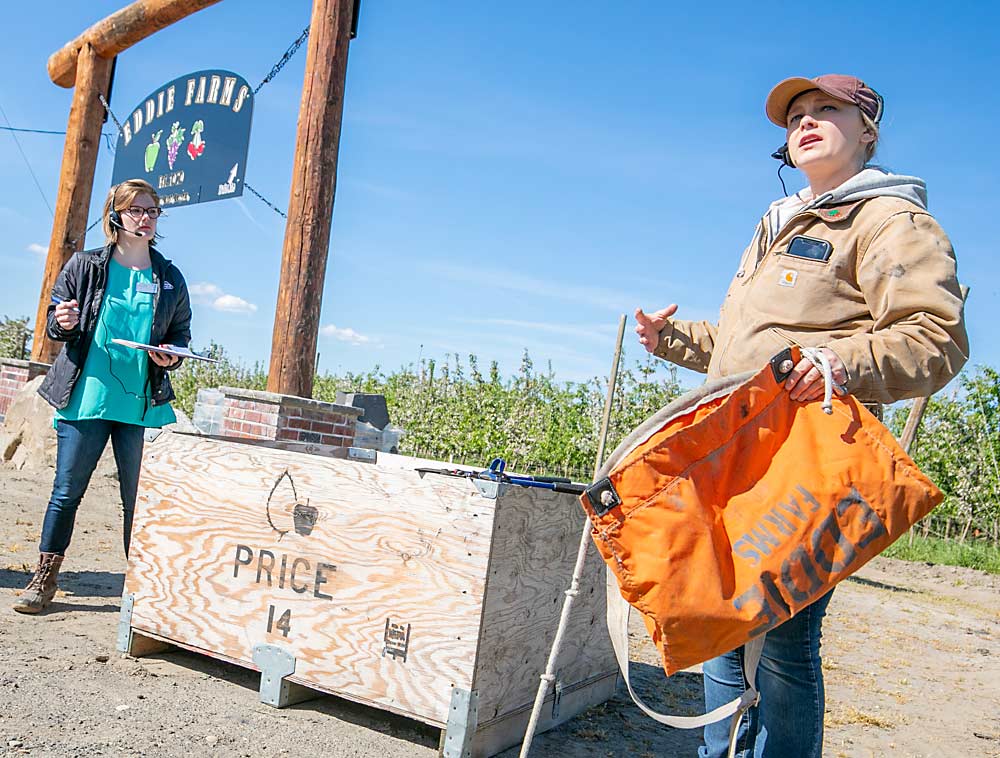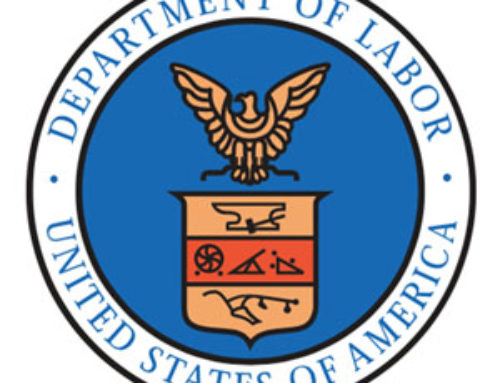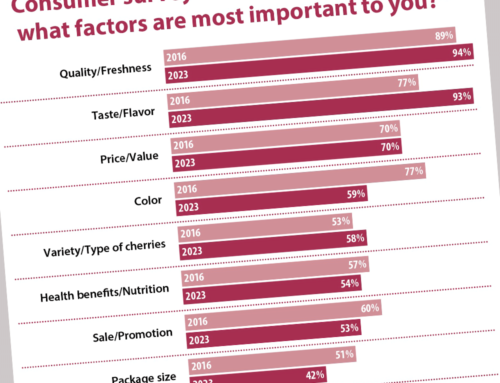
For a decade, we have been preparing for the U.S. Food and Drug Administration — or a state agency acting on its behalf — to begin the unprecedented activity of conducting on-farm inspections to regulate food safety practices.
Compliments of new federal authorities provided by the Food Safety Modernization Act (FSMA), the last 10 years have been a roller coaster of expectations for growers — as regulations hundreds of pages long have been written and rewritten, implementation dates have been set and then delayed, and guidance documents to interpret the regulations have trickled out.
While a few issues are yet to be resolved — including grower requirements related to agricultural water and how a farm is defined (e.g., whether a packing house is considered a farm or processing facility) — the first official on-farm Produce Safety Rule inspections began in spring 2019 for farms with over $500,000 in annual sales of covered produce.
So, what did we learn the first year?

First of all, unlike the private food safety audits many growers and packers are used to, where farms are visited annually, in most cases growers will likely only see an inspector once every few years. Keep in mind that inspections largely occur during harvest or during active packing operations in the packing house.
In Washington state, three Washington State Department of Agriculture (WSDA) inspectors conducted 52 inspections as of the end of February. Thirty-three of those inspections involved tree fruit, with 30 inspections occurring in the orchard and three in the packing house.
Similarly, in Idaho, two inspectors conducted 45 inspections — 34 in the field and 11 in the packing house.
In both states, there were far more farms eligible for inspection than were actually visited. That seems to be fairly consistent with other states nationwide.
The exception in the Pacific Northwest is Oregon, where reportedly 14 inspectors visited 115 farms. Oregon is one of only a handful of states nationwide where FDA personnel are conducting inspections directly, instead of through a state department of agriculture or health.
What other lessons can we learn from year one?
State agencies conducting these inspections in the Pacific Northwest largely followed the “educate before and while we regulate” mantra that Michael Taylor, former FDA deputy commissioner for foods, from 2010 to 2016, long assured growers the agency would take. No formal regulatory action was taken, and most observations made by regulators and communicated verbally to growers were regarding record keeping deficiencies, not actual concerns with food safety practices.
It is less clear that this approach was taken by FDA inspectors in Oregon.
The lack of significant observations also reaffirmed what we already know: The Pacific Northwest tree fruit industry by and large has a solid food safety system, following years of substantial grower investments and experience with customer-driven audits. That is not to say that there is not room for improvement. Growers who faced inspections this past year should pay attention to the observations that were made, as next time there may be penalties associated with practices identified as deficiencies in the first round.
What can we expect for 2020?
At press time, FDA had suspended routine food safety inspections indefinitely, due to COVID-19 concerns. The agency will still be conducting for-cause inspections and those for high-risk foods. WSDA followed suit, while the Idaho State Department of Agriculture will wait and evaluate its policy in June, when the agency is planning to restart inspections.
If and when inspections are reinitiated, the annual sales threshold for farms and packing houses subject to potential inspections will be reduced to $250,000. (Those with sales over $25,000 are still expected to be in compliance but will not be subject to inspections this year.) Those inspected last year are less likely to be inspected again this year, unless more serious observations were made and the inspector wishes to verify that concerns have been properly addressed.
In order to help prepare for a possible inspection, I encourage growers to read the column written by Faith Critzer of Washington State University and Jacqui Gordon Nuñez of the Washington State Tree Fruit Association, regarding the educational requirements of the Produce Safety Rule and available resources: Ready for the FSMA future
—by Kate Tynan
Kate Tynan is the senior vice president for the Northwest Horticultural Council.





Leave A Comment